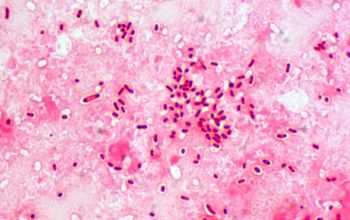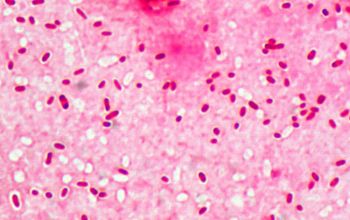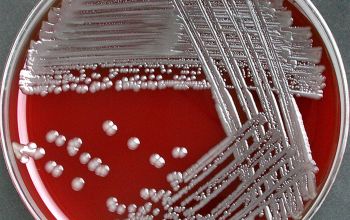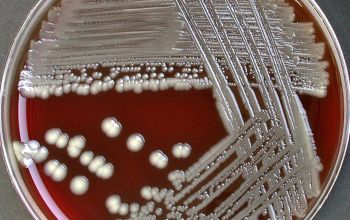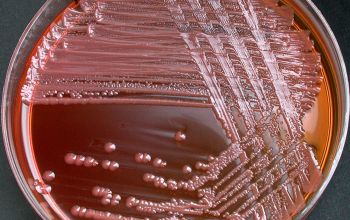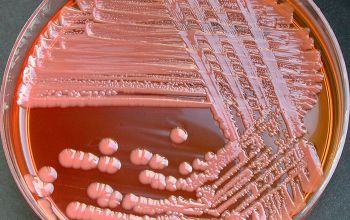Citrobacter koseri
-
General information
Taxonomy
Family: Enterobacteriaceae
C. freundii complex
-- C. freundii, C. braakii, C. gilleni, C. murlinae, C. sedlakii, C. werkmanii, C. youngae
C. koseri (C. diversus)
C. amalonaticus
C. farmeri
Natural habitats
Isolated from soil, water, food, feces, urine of humans and animals.
They are commensals of the intestine.
The natural habitat of some Citrobacter species is unknown.
Clinical significance
Citrobacter species cause a wide variety of nosocomial infections, including infections of the respiratory- and urinary tract, blood, wounds, bone, meninges and other normally sterile tissues.
Especially patients which are hospitalized for more than 72 hours and neonates and immunocompromised patients are at risk for an infection caused by Citrobacter.
In many cases the infection arises from the gastrointestinal or genitourinary tract.
-
Gram stain
Gram negative straight rods,
1.0 x 2.0-6.0 µm,
found singly or in pairs.
Usually not encapsulated
-
Culture characteristics
-
Facultative anaerobic
BA: colonies are 2-4 mm, smooth, low convex, moist, translucent or opaque, and gray with a shiny surface.
Mucoid or rough forms may occur.
McConkey: growth, lactose fermenter
BBAØ: growth
Mucoid or rough strains may occur occasionally.
Colonies which slowly ferment lactose can resemble Salmonella colonies on enteric media.
-
-
Characteristics
-
References
James Versalovic et al.(2011) Manual of Clinical Microbiology 10th Edition
Karen C. Carrol et al (2019) Manual of Clinical Microbiology, 12th Edition

